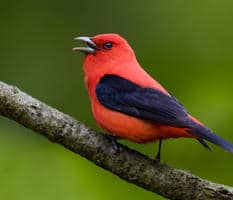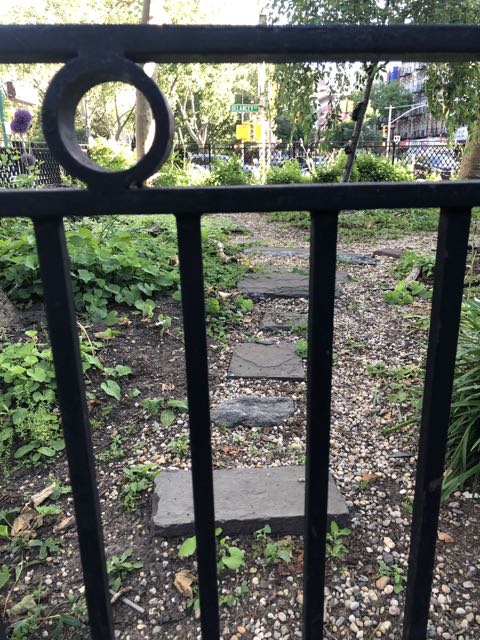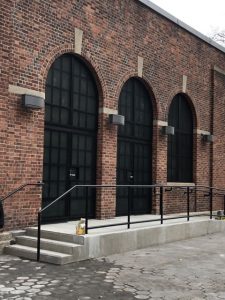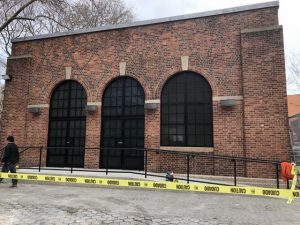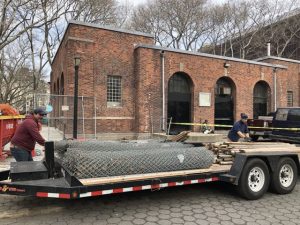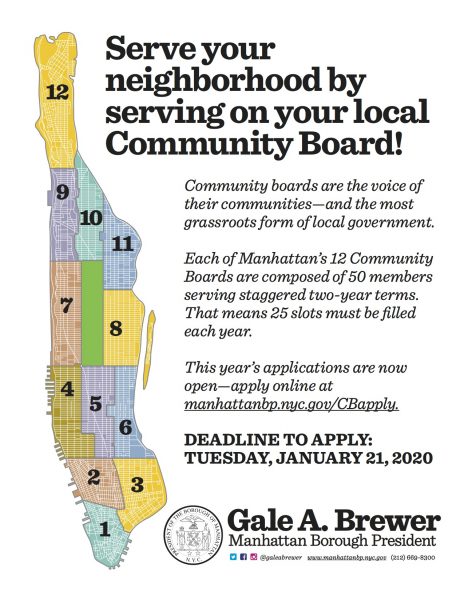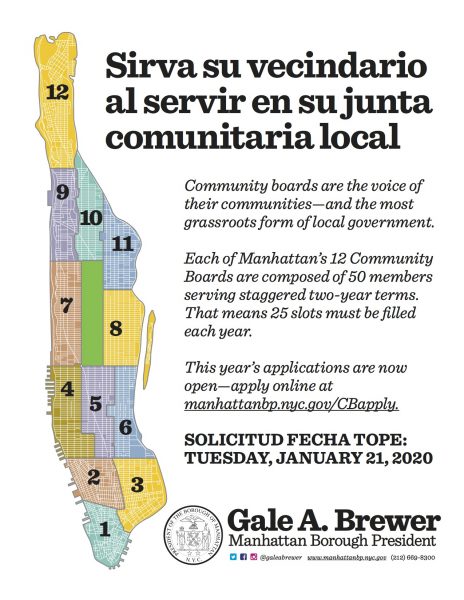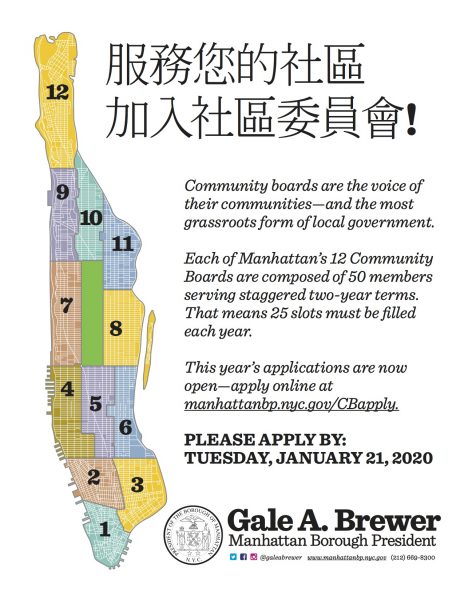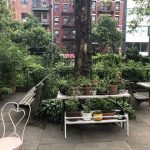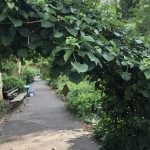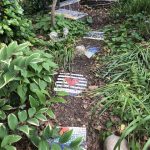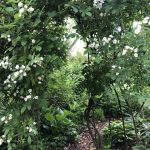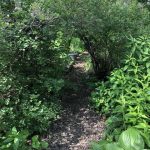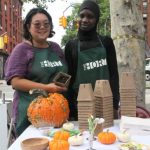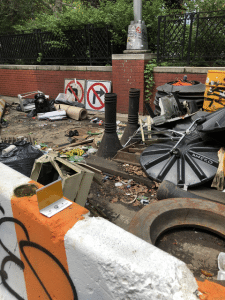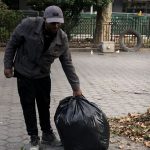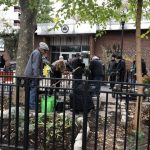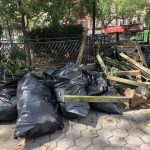From Green Map System:
LESEC’s Community Compost program processes food waste from over 3,500 households each week; 150 of these drop off food waste directly at the East River Park compost yard. The plan to move the compost yard to Harlem will directly affect these households, and will uncouple the compost operation from the Ecology Center’s vitally important and very popular educational programs, which will remain on the Lower East Side.
LESEC’s yard in East River Park raises the perceived value of composting, plus it minimizes vehicle miles traveled from drop off sites, further reducing GHGs and overheating. It produces healthy soil that will otherwise need to be procured and trucked in (generating even more VMT and GHGs). In 2019, LESEC’s finished compost augmented the soil in 20 local parks.
To minimize disruption to this important grass-roots community organization, the compost yard must stay operational until construction for this part of the Park, slated for 2023, begins. Furthermore, the City must engage with LESEC to finish the design for the renovated compost yard as part of the ESCR construction as it will yield high quality compost and soil critical to the vitality of East River Park’s new vegetation and restoring habitat for thriving biodiversity.
Raising public interest in composting has not been easy, especially on the Lower East Side where there are few residences with curbside collection containers. What LESEC has established is authentic community climate participation and an accessible, everyday mitigation action. Keeping it in the park has been a universal demand and accommodating LESEC is listed in your public presentations. ..public awareness of this plan occurred only recently, during the holiday season.
Transparency, engagement and resiliency go out the window with this surprise, ill-conceived plan. True mitigation would ensure LESEC’s compost yard is supported in East River Park. ..at minimal expense, Pier 36 can provide peaceful riverside recreation and relaxation space..It’s remarkable you have not made this pier more accessible to the whole community along with the new Eco Park at Pier 35. I have had to bring this up at multiple CB3 Parks committee meetings and have discussed it with Wil Fisher of EDC, without a satisfactory response.
Delivering food scraps to a composting site is a gateway to impact-reducing habits. It’s wrong to tell New Yorkers their mindful actions don’t matter and to make a mockery of this scientifically proven practice of reducing NYC’s solid waste crisis. In addition to making NYC’s ZERO WASTE and 80 x 50 goals less attainable, replacing the compost yard with a lawn will diminish NYC’s standing on the C40, UN 2030 Goals, Climate Emergency and all other international standards.
I urge all the elected and appointed officials.. to stand with me and prevent this grave climate folly.
Sincerely,
Wendy Brawer
Sustainability designer, LES resident and Director, Green Map System

